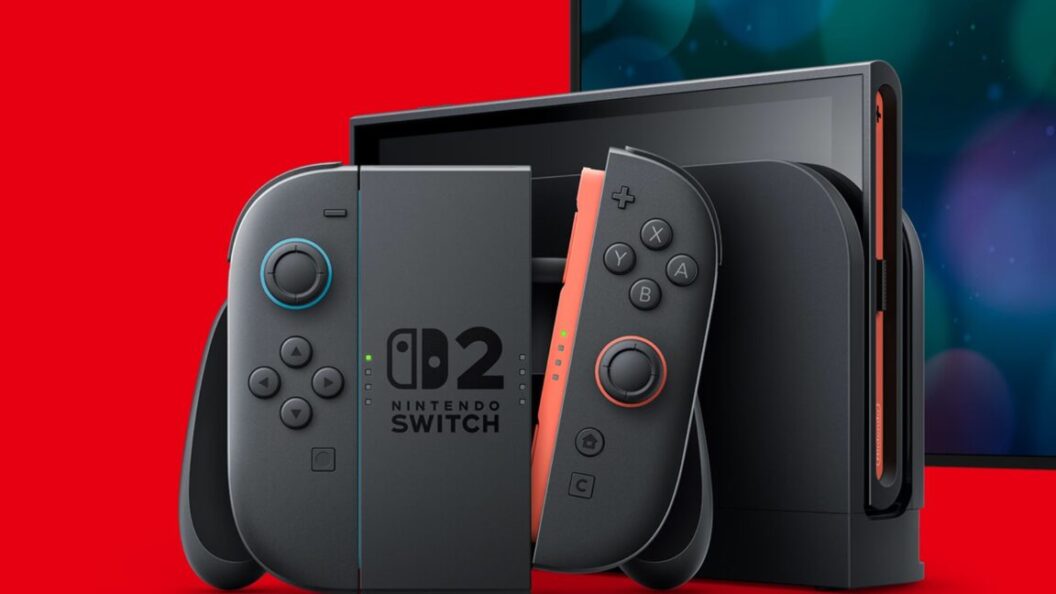Evolution of Gaming Consoles: The Shift Towards Efficiency
In the rapidly changing landscape of video gaming, the evolution of consoles stands as a testament to technological advancement and consumer demand. Major players like Sony and Microsoft have transitioned through several iterations of their consoles, emphasizing efficiency, performance, and affordability. This article delves into how the PlayStation 2 (PS2) and Xbox 360 underwent monumental changes since their launch, showcasing significant hardware improvements and cost reductions over the years.
The PlayStation 2: Streamlined for Success
Launched in the year 2000 at a price of $299, Sony’s PlayStation 2 was established as a powerhouse in the gaming world. However, by 2004, the introduction of the PS2 Slim heralded a move towards efficiency. The redesign removed a full-sized 3.5-inch hard drive bay, as well as the rarely used IEEE 1394 port, which contributed to a sleeker, more user-friendly console. Notably, this version also switched to an internal power supply, shedding the cumbersome external power brick.
This transition resulted not only in a lighter and more compact console but also brought about significant price decreases. By 2006, the console’s price had plummeted to $129, and it later reached $99 in 2009, as the PS3 era dawned.
The Xbox 360: Shrinking Technology, Enhanced Performance
Microsoft’s Xbox 360 launched in late 2005 and maintained a more consistent external design throughout its lifecycle, unlike the PS2. However, key internal updates revolutionized the console’s performance. Between late 2005 and early 2010, advancements in chip manufacturing transitioned the CPU and GPU from 90 nm to 45 nm technology. This integration significantly improved thermal efficiency, leading to a dramatic decrease in power supply needs from 203 W to 133 W.
The Xbox 360 also saw its base price decline from $300 to $200. Importantly, these advancements addressed the notorious "red ring of death" issue that plagued early models, a problem exacerbated by heat generated from larger chips.
Cascading Benefits of Component Improvement
Both the PS2 and Xbox 360 illustrate a fascinating pattern: as chip sizes decreased, a cascade of benefits followed. With smaller chips came:
- Reduced power supply needs
- Compact enclosures using less metal and plastic
- Simpler motherboard designs and cooling systems
This streamline process not only benefitted manufacturers by reducing material costs but also enhanced the user experience by producing more efficient and reliable consoles.
Generational Changes: A Slowdown in Rapid Progress
Despite this technological momentum, a slowdown in rapid advancements became apparent with the introduction of the PlayStation 4 (PS4), Xbox One, and Nintendo Switch. These consoles, while not as dramatically redesigned, still showcased familiar patterns of improvement.
For instance, mid-generation updates like the PS4 Slim and Xbox One S employed a 16 nm processor instead of the original 28 nm. Each of these updates provided a price cut of approximately $100 over their lifespan. On the other hand, the Switch’s slight die shrink from 20 nm to 16 nm primarily improved battery life, allowing for the creation of variants like the Switch Lite but did not lead to a price reduction.
Conclusion: The Broader Implications of Console Evolution
The evolution of consoles like the PlayStation 2 and Xbox 360 underscores a crucial trend in the gaming industry: the continuous drive for better technology at reduced costs. Consumer expectations for performance and affordability consistently shape these developments, indicating a long-term commitment to enhancing the gaming experience.
As we move forward, the limitations in rapid innovation pose a challenge for manufacturers. Striking a balance between improving performance and keeping prices accessible will be critical in attracting new gamers while retaining loyal customers. The gaming industry, continuously reshaping itself, stands at a pivotal crossroads where further advancements in efficiency may define the next era of console gaming.









